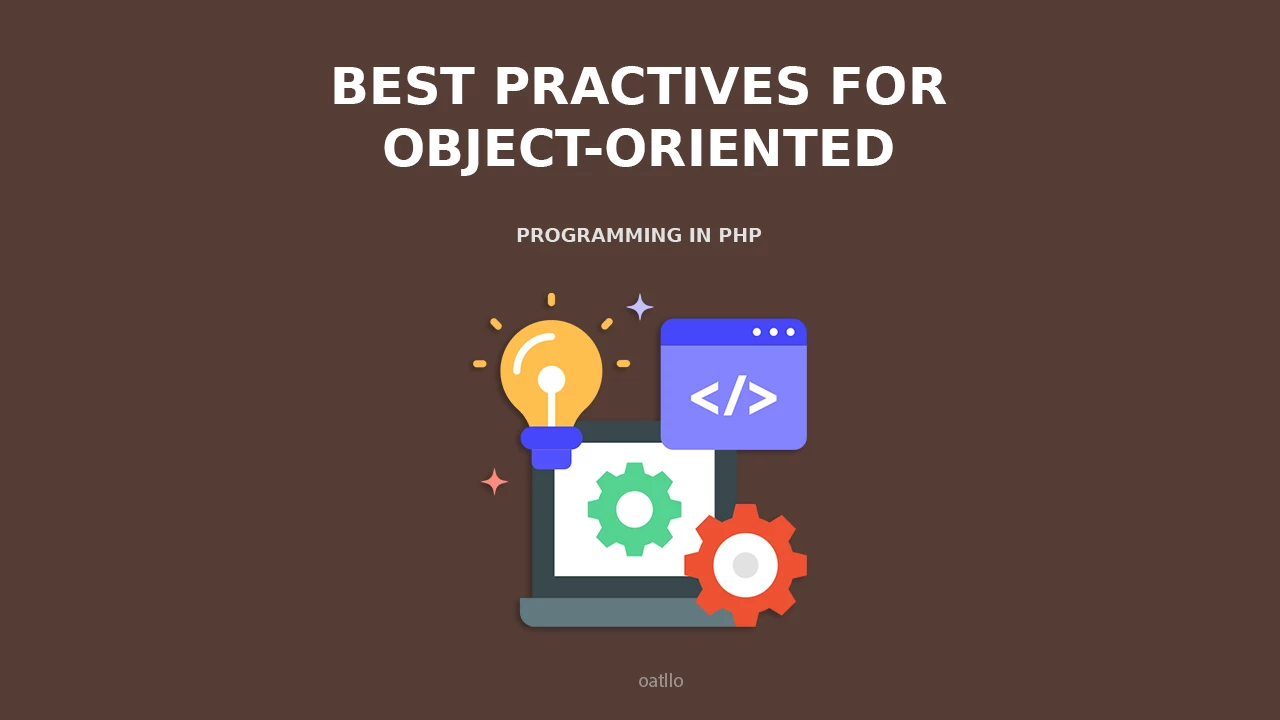What is Dependency Injection in PHP?
Dependency Injection is a powerful design pattern used in PHP programming. It allows for the creation of flexible and maintainable code by injecting dependencies into a class rather than having the class create them itself. This approach leads to loose coupling, making it easier to manage and test your code.
Benefits of Using Dependency Injection in PHP
Implementing Dependency Injection in your PHP applications comes with numerous advantages:
- Improved Testability: By decoupling your classes, you can easily mock dependencies, facilitating unit testing.
- Enhanced Reusability: Components can be reused across different parts of your application without modification.
- Better Maintainability: Refactoring code is simpler when classes are independent of their dependencies.
Common Dependency Injection Techniques in PHP
There are three primary ways to achieve Dependency Injection in PHP:
- Constructor Injection: Dependencies are passed through a class constructor, promoting immutability.
- Setter Injection: Dependencies are set through public setters, allowing changes after object construction.
- Interface Injection: Classes receive dependencies through an interface method, making them customizable.
Real-World Applications of Dependency Injection in PHP Frameworks
Many popular PHP frameworks utilize Dependency Injection to enhance the development process. For instance, Laravel and Symfony have built-in support for a powerful service container and dependency injection mechanisms. By understanding how to leverage these frameworks, developers can create more efficient and scalable applications.
To dive deeper into the world of Dependency Injection and enhance your PHP programming skills, check out the articles below!
